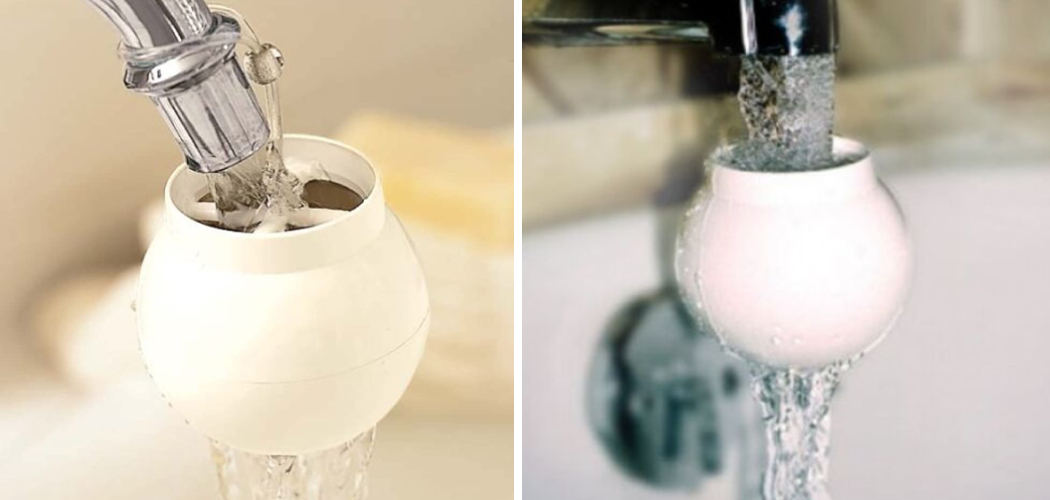When you are taking a bath, the last thing that should be on your mind is wondering if the water coming from the tap is safe to use.
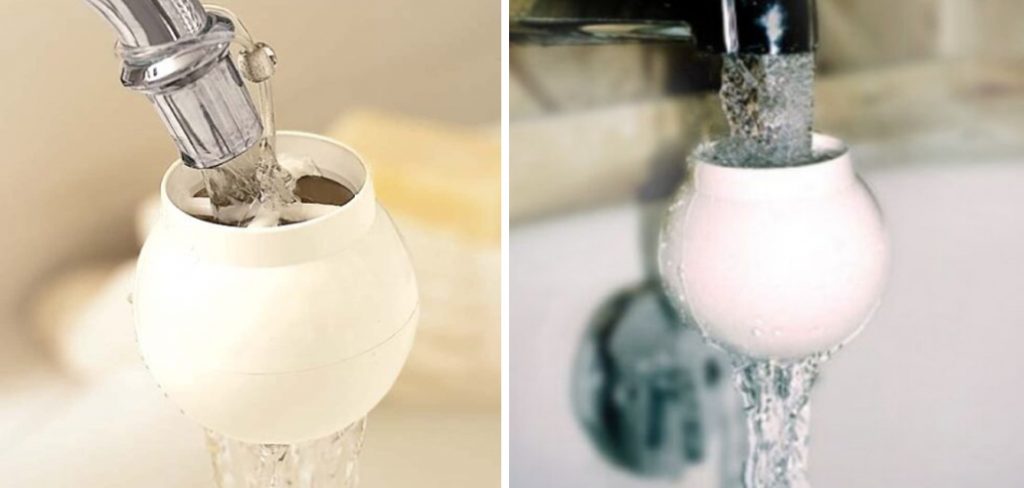
Unfortunately, in many areas across the world, contaminants like lead and chlorine can be present in bathtub water, which causes health issues when people come into contact with it. That’s why more and more people are turning to water filtration systems for their baths—to ensure that they get clean and healthy bathing water every time.
Always be sure to read and follow the manufacturer’s instructions for installing a filtration system.
In this blog post, we’ll explain everything you need to know about how to filter bathtub water so that you can ensure that your family stays safe while enjoying downtime spent in the tub!
What Will You Need?
The first thing you should do is make sure that you have all of the necessary materials to install a water filtration system correctly. This includes as follows:
- A water filtration system that is designed for bathtub use
- Plumbing sealant or tape
- A wrench or pliers
- Screws and a screwdriver
- An adjustable spanner, if needed
- Rags (for cleaning purposes)
- A bucket (to catch any drips)
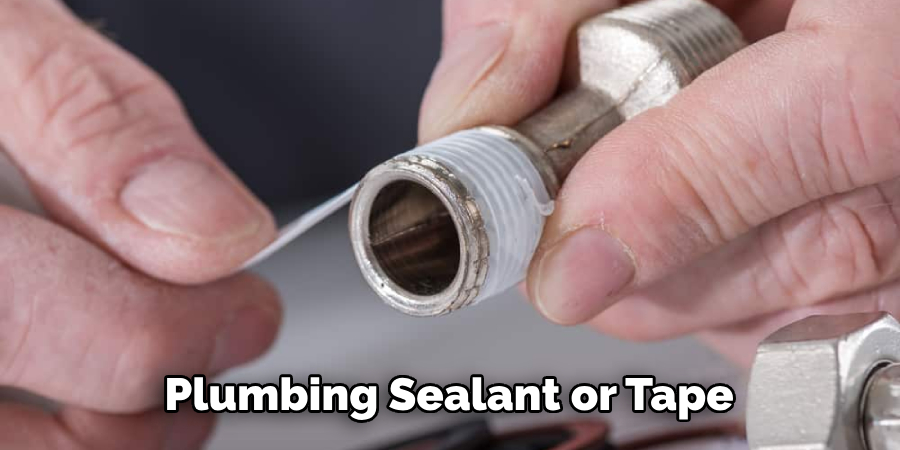
Once you have all the necessary materials, you can install your filtration system.
10 Easy Steps on How to Filter Bathtub Water
Step 1. Installing The Filter:
Once you have all of the necessary materials, it’s time to start installing your new filter! Begin by turning off the main water supply valve and attaching one end of a hose to the cold water line running from your tub. Securely attach this line to the inlet side of the filter unit itself.
Step 2. Connecting the Outlet Line:
Next, you must connect the outlet line from the filter to the cold water line already connected to your tub. Make sure that both connections are tightly secured using plumbing sealant or tape and a wrench or pliers if needed. As you do this, place a bucket underneath the connections to catch any drips.
Step 3. Prepping The Filter Unit:
Now it’s time to prepare your filter unit for installation! Remove any packing materials and discard them responsibly, then ensure that any provided flow controls (such as those seen on reverse osmosis systems) have been adjusted according to the manufacturer’s instructions before proceeding. Keep all the pieces in order so you can easily reference them when needed.
Step 4. Securing The Filter Unit:
Now that your filter unit is ready to go, you can begin securing it in place. Start by finding an appropriate location for the filter—it should be on a flat and stable surface, such as the floor, and at least two feet away from any water sources. Don’t forget to use screws and a screwdriver to attach the filter firmly.
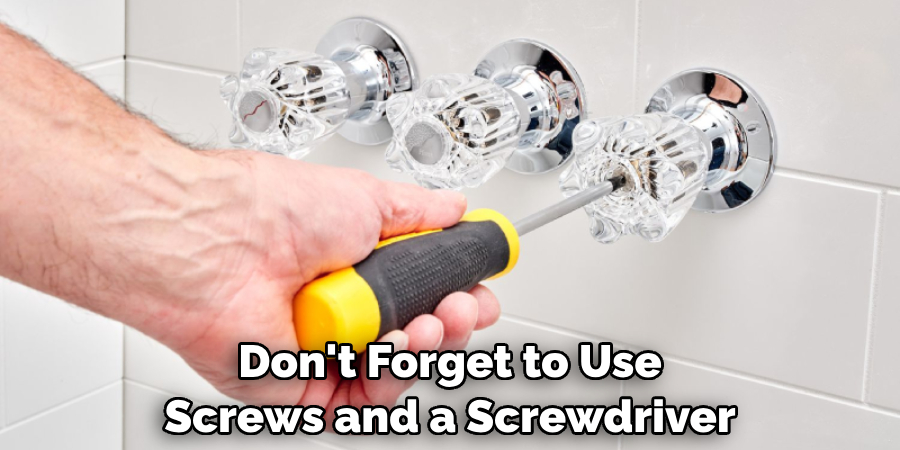
Once you have found the right spot to install your filter, use screws and a screwdriver to attach it securely. If needed, use an adjustable spanner to make sure that everything is tightly secured.
Step 5. Testing The System:
Now that your filter system is installed correctly, it’s time to test it! Turn on the main water supply valve again and check for any leaks around the connections. If there are any, use the provided plumbing sealant or tape to fix them quickly and easily.
If everything looks good, turn the filter system’s power switch on and let it run for a few minutes. Then, take a water sample from your tub and test it for impurities with an at-home testing kit. This will help you ensure that your filter is doing its job correctly!
Step 6. Cleaning The Filter:
To keep your filtration system running efficiently, cleaning the filter regularly is important. Depending on the type of filter that you have installed, this could mean taking apart the unit and cleaning each component or simply replacing the entire cartridge every so often.
Always follow the manufacturer’s instructions for cleaning and replacing the filter cartridge to ensure your system continues to work optimally!
Step 7. Final Checks:
Once you’re done with cleaning or replacing the filter, it’s time for one final check. Ensure all the connections are securely in place and no leaks are present before turning on your bathtub water again. It’s also a good idea to test the water quality again with an at-home testing kit just to be sure.
Step 8. Enjoy Clean, Fresh Water:
And voila! A perfectly installed water filtration system is ready to provide safe and clean water every time you take a bath. The last step is simply to enjoy knowing you’ll get fresh, filtered water every time you use your bathtub.
Step 9. Maintenance & Replacements:
To keep your filtration system in top condition, make sure to regularly inspect your filter for any signs of wear and tear or damage. If needed, replace parts or the entire unit according to the manufacturer’s instructions. Check the water quality occasionally to ensure your filter does its job correctly.
Step 10. Get Professional Help:
Finally, suppose you feel like you don’t have the necessary skills to install a water filtration system for your bathtub correctly. In that case, it may be best to call a professional plumber who can help you do so safely and efficiently! They will be able to guide you through the entire process and make sure that your new filter is correctly installed.
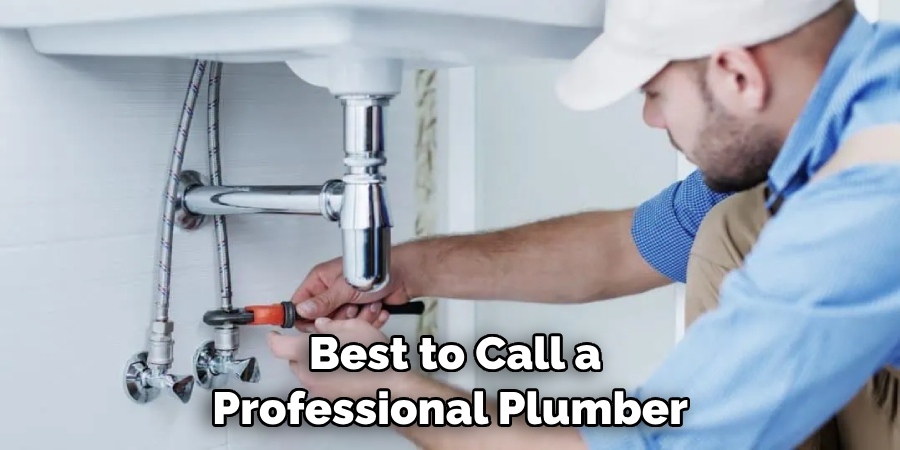
Additionally, they will be able to answer any questions that you may have about your filtration system.
With these ten steps on how to filter bathtub water, you should now know everything there is to know about getting a water filtration system installed in your tub! Enjoy safe and clean bathing water every time you take a dip, and always follow the instructions provided by the manufacturer for optimal results.
5 Additional Tips and Tricks
- If you have a shower filter, install it correctly on the outlet of your bathtub. This is an easy and effective way to filter pollutants from your bathwater.
- Install a countertop water filter hooked directly to your tap or showerhead for a more comprehensive filtration solution.
- Use a water-testing kit to check for heavy metals and other contaminants in your water supply before using any filter system.
- Use a chlorine removal cartridge, which uses activated carbon granules to adsorb and remove chlorine from the water for improved clarity, taste, and odor.
- Finally, consider investing in a reverse osmosis system; this highly effective filtration method will remove many contaminants from your bathwater.
With these tips and tricks, you can ensure that whatever water is running through your tub is as clean and safe as possible. So enjoy your next bath, knowing that your water is filtered properly!
5 Things You Should Avoid
- Don’t use a water softener to filter your bathtub water, as this can cause the water to become too salty and, therefore, less desirable for bathing.
- Avoid using chemicals such as bleach or other harsh cleaning products in your bathwater. These may be effective cleaners, but they can also leave behind dangerous residues that could contaminate your body when you take a bath.
- Refrain from using unfiltered water if it comes from an unknown source; always ensure that any bathwater is filtered and tested before use.
- Don’t forget to regularly replace any filters used for filtering your tub’s water – depending on the type of filter, you should do this every few months or so for optimal results.
- Avoid mixing different types of filter systems, such as a shower filter and a countertop filter, as this can reduce the overall effectiveness of your filtration system. Instead, focus on using one type of filter for all applications.
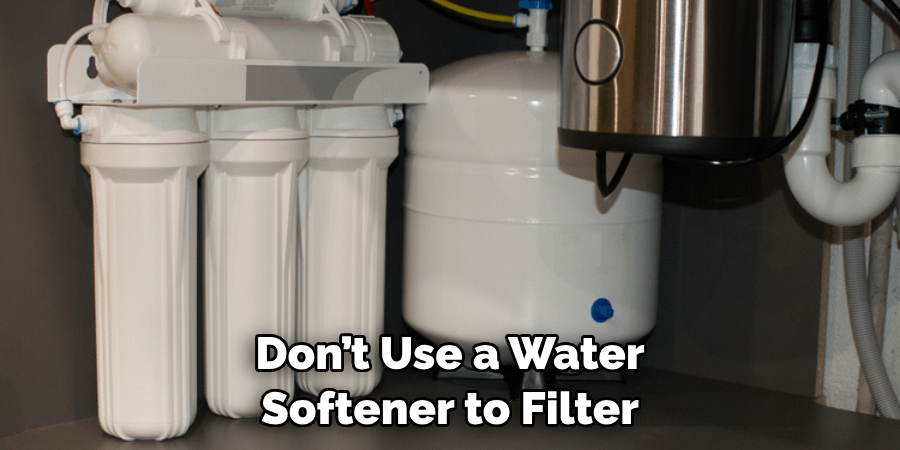
By following these simple tips and tricks, you can ensure that your bathwater is filtered properly and free from any pollutants that could potentially harm you or your family. Now enjoy a relaxing soak in the tub – worry-free!
Conclusion
All in all, filtering your bathtub water isn’t a difficult task. By following the easy steps outlined in this post, you can make sure that your bathing experience is free of contaminants and odors. Not only will you have peace of mind knowing that your water is safe to soak in, but you will also be protecting yourself from any harmful bacteria that may be present in your bathtub.
Whether you purchase an off-the-shelf filter or create something at home, effective filtration is within reach and can help to improve your bathing experience.
Ultimately, when it comes to keeping your bathtub water clean and free of impurities, there are several options available. Whatever path you choose, you’re sure to enjoy cleaner and more refreshing baths for a long time!
The article on how to filter bathtub water gave you some helpful tips. Now go ahead and enjoy a relaxing soak, knowing that your water is safe! Happy bathing!

